Trincomalee District is located in the east of Sri Lanka in the Eastern Province. It has an area of 2,727 square kilometres (1,053 sq mi). The capital of the district is the city of Trincomalee.
Trincomalee
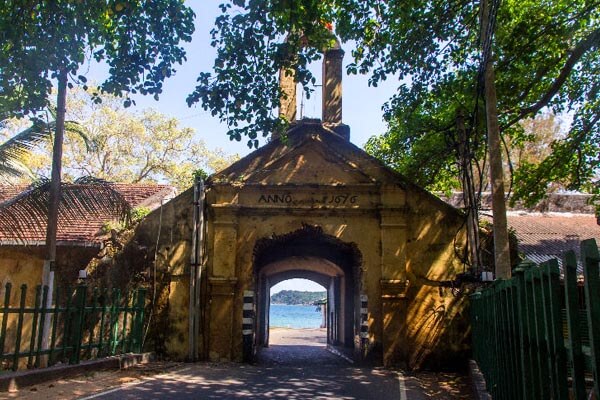
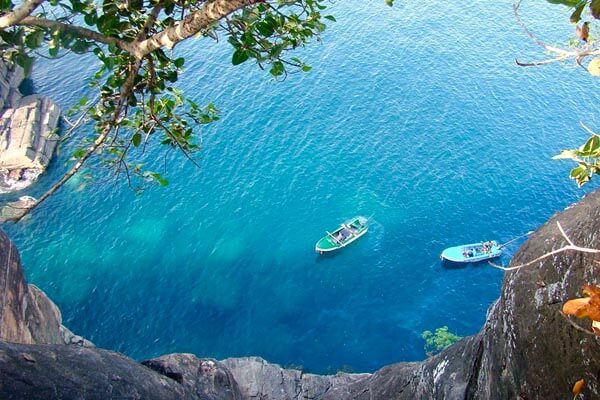
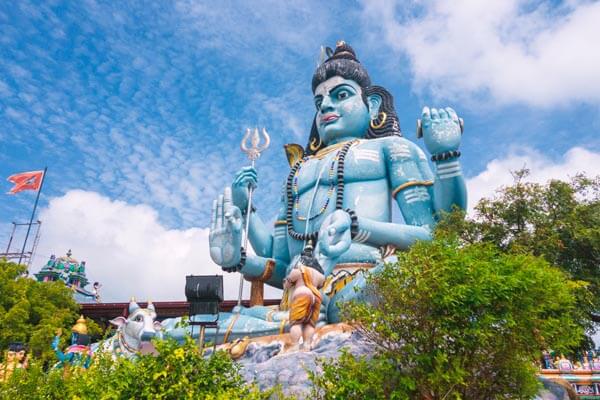
The capital of Sri Lanka’s Eastern Province, Trincomalee is famous for its deep-water natural harbor. Said to be one of the finest in the world, the harbor was bitterly fought over for its strategic importance during the Colonial era. The town suffered greatly during the Civil War and also sustained damage when the tsunami hit the coast in 2004. Despite all this, “Trinco” is now firmly back on the tourist trail, with building and renovation work underway in most parts of the town. Although most tourists come to visit the beaches that lie to its north, the town has a charm of its own, with faded Colonial buildings, a picturesque seafront and vibrant kovils that come alive in the evening with the beating of drums for the puja ceremony.
The main the main attraction in Trinco is Fort Frederick, which sits on a strip of land that juts out into the Indian Ocean. Built by the Portuguese in 1623, the fort passed through Dutch and French hands before being finally taken over by the British in 1795.it remained under their control until Sri Lanka’s independence in 1948. During this period, its name was changed from Fort of Triquillimale to Fort Frederick, after the Duke of York, the second son of King George III.
A left fort off the main road leads to the Gokana Temple with a beautiful standing Buddha and good views of the town. The main road continues north to Swami Rock, a steep cliff that drops about 130 m to the sea and affords breathtaking views along the coast and out to the sea. At the highest point of the rock is Koneswaram Kovil, one of the five most sacred Shaivite(dedicated to Lord Shiva) sites in Sri Lanka. A shrine is thought to have stood at this spot for about 2,500 years until it was destroyed by the Portuguese, and the remains pitched into the sea, in the 17th century. Today, a huge golden statue of Shiva, outside, dwarfs the brightly colored temple and goburam, which was built on the site of the original Shrine in 1952.
While most people walk up to the temple, it is possible to hire a three-wheeler to reach the place. The best time to visit the temple is on Friday in the late afternoon when the evening prayers are held. Note that shoes must be taken off and left at the temple complex. A stroll around the side and back of the Koneswaram Kovil makes for a pleasant experience, with great views of the Indian Ocean. A number of modern statues of Hindu deities, as well as that of Rawana standing on a platform overlooking the ocean can be seen around the temple. The bits of coconut scattered about are from the Hindu ritual of breaking the coconut against the rock- it is considered inauspicious if the coconut does not break.
Uppuveli and Nilaveli
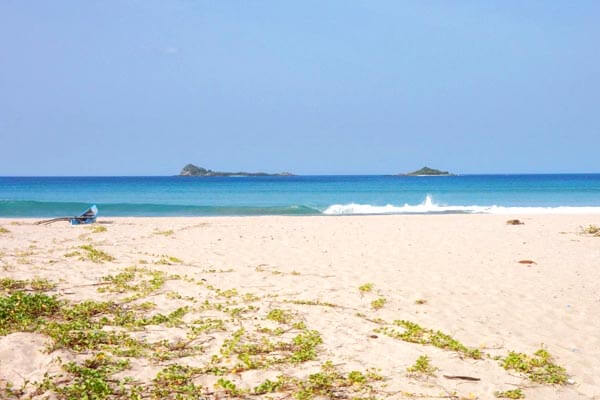
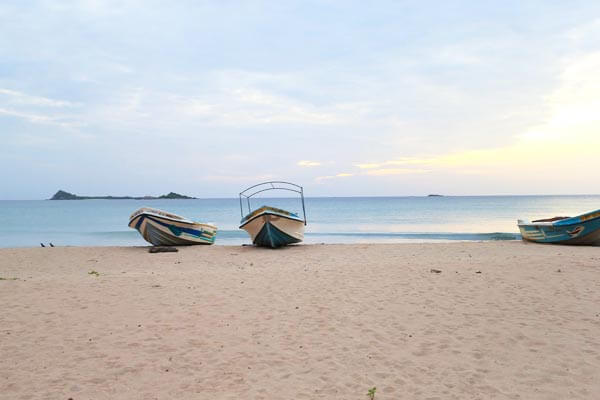
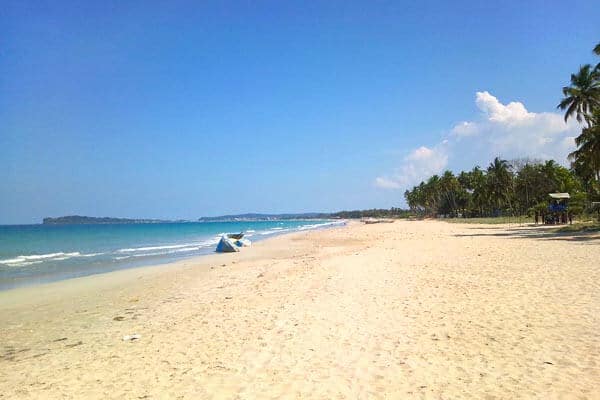
North of Trincomalee lie the villages of Uppuveli and Nilaveli that are known for their tranquil beaches. Among the island’s most popular beaches before the Civil War, Uppuveli and Nilaveli received few tourists during the hostilities. In addition, the tsunami in 2004 hit the area with great force and destroyed many homes and businesses.
Over the last few years, efforts have been made to improve the tourist infrastructure. Today the beaches are once again attracting tourists who come here to lounge on the vast stretches of while sand backed by palm trees and to swim in the clear blue ocean. Despite the continued military presence, the beaches make for a serene gateway with a number of hotels and guesthouses on offer. Several day-trip options are available from both the beaches. Besides boat tours to Pigeon Island, diving or sport fishing trips can also be easily arranged. It is also possible to go on whale- and dolphin-watching excursions in season, while lasts from March to April and August to September.
Pigeon Island
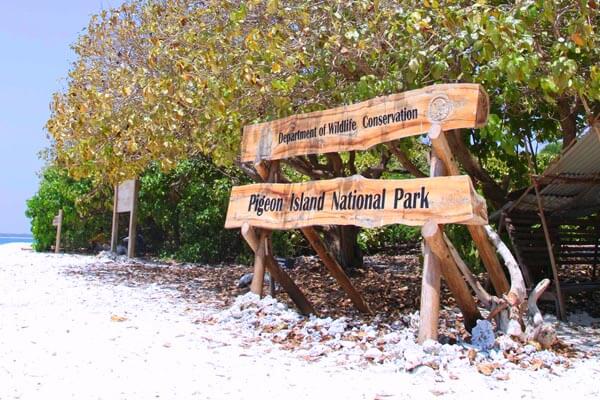
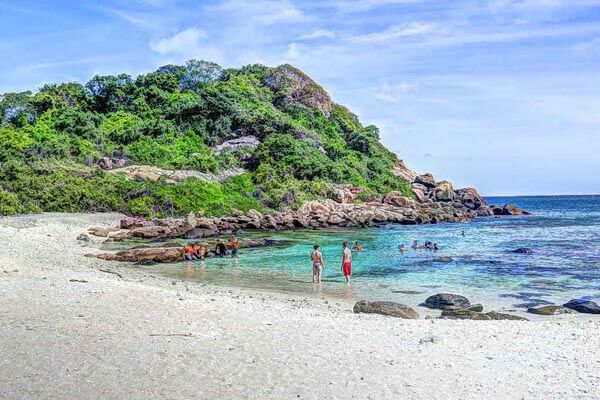
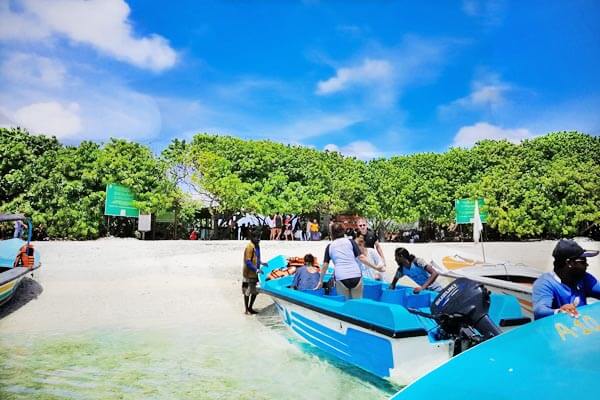
About 1 km offshore from Nilaveli is the marine national park of Pigeon Island, named after the blue rock pigeons that nest here. This rocky island has two small beaches and is a major draw among tourists for the excellent snorkeling opportunities in the shallow waters of the bay. Although the area was affected by coral bleaching in 2011, live coral can still be seen here in addition to a number of tropical fish species and other marine life. Visitors are advised to be careful while walking barefoot on the beach as dead coral sometimes washes up unto the sand. Pigeon Island is particularly popular at weekends and during public holidays. It is a good idea to arrive early as the island gets crowded by lunch time in high season, which extends from May to September.
Kanniya Hot Wells
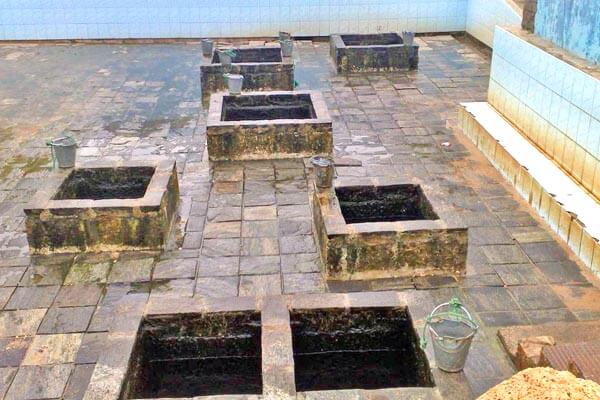
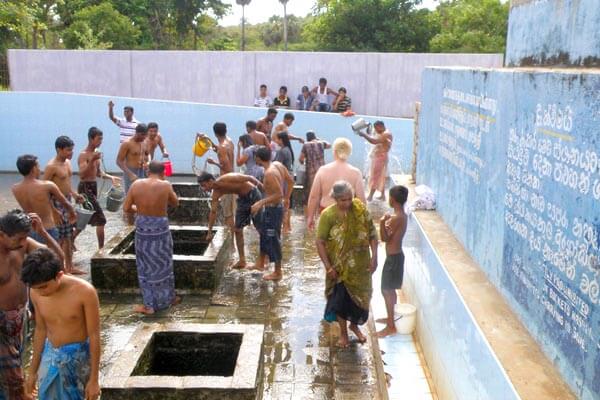
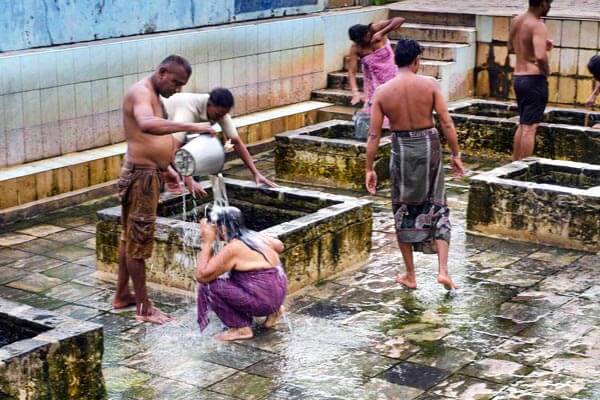
The Kanniya Hot Walls comprise seven warm natural springs enclosed in seven square-shaped wells. The spring water is thought to have therapeuctic properties; those with skin problems or aliments such as arthritis and rheumatism come here looking for relief. Since the wells are too small to bathe in, locals and pilgrims use buckets to pour water over themselves – tourists are encouraged to join in, too. The temperature of water varies in each of the wells.
There are two legends associated with the wells. One of these claims that Lord Vishnu created the wells when he appeared o Ruwana, the king of Lankapura, on this spot. It is believed that when Lord Vishnu stuck the ground with his sword, water poured forth. The other maintains that king Ruwana created the wells so he could conduct the funeral rites for his mother.
Trincomalee District is one of the 25 districts of Sri Lanka, the second level administrative division of the country. The district is administered by a District Secretariat headed by a District Secretary appointed by the central government of Sri Lanka. The capital of the district is the city of Trincomalee.
